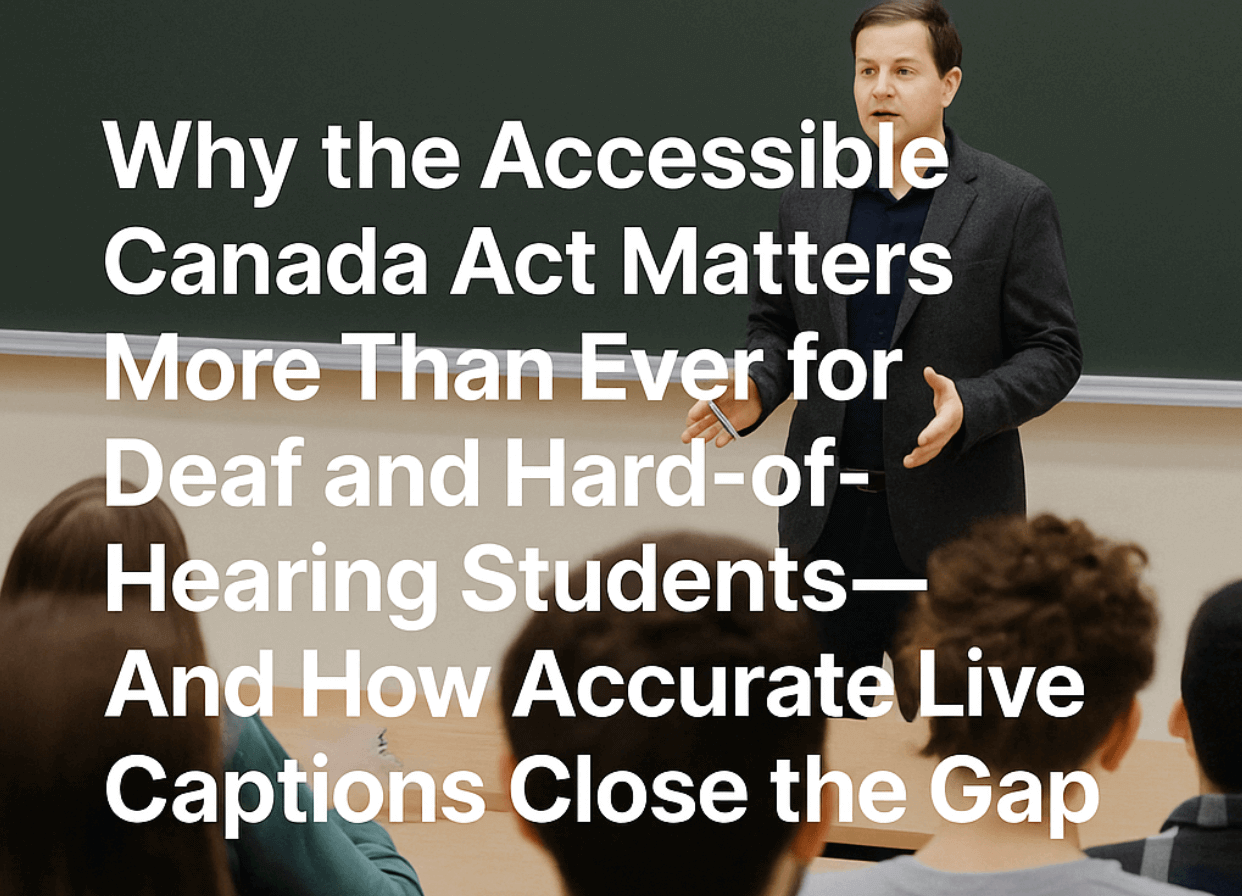
When you hear “SSI,” your brain might conjure images of bureaucratic jargon, mountains of paperwork, and endless phone calls with hold music you wouldn't wish on your worst enemy. But beneath the dense layers of government lingo, Supplemental Security Income (SSI) is a lifeline for millions—think of it as a safety net woven specifically for some of society’s most vulnerable people. If you’re wondering what exactly SSI is, who can get it, and why it’s still relevant, you’re in the right place. Let’s dive in.
The Basics: What is SSI?
Supplemental Security Income (SSI) is a federal program that does one thing really well—it provides monthly cash payments to people with limited income and resources. The Social Security Administration (SSA) runs the show, but here’s the twist: it’s not funded by the Social Security trust fund. Instead, SSI taps into general U.S. Treasury funds. It’s like the government dipping into its savings account rather than its retirement fund to help those in need.
But who qualifies for SSI? It’s not just anyone. You need to meet one of these three criteria:
- Be 65 years old or older.
- Be blind.
- Have a medical condition that’s expected to last at least one year or result in death, and that prevents you from working.
And it’s not just adults. Children who are blind or have qualifying disabilities and whose parents have low income can also get SSI. But remember, SSI isn’t one-size-fits-all. The amount you receive might vary based on where you live because some states throw in a little extra cash on top of the federal payment.
Your Money and Your Stuff: How SSI Determines Eligibility
Getting SSI isn’t just about meeting the age or disability criteria. The program also has strict financial limits on what you earn and what you own.
Income: This isn’t just your paycheck. It’s all the money you get—wages, Social Security benefits, pensions, and even the value of food and shelter someone gives you. But SSA doesn’t count every dollar. For instance, the first $20 of your monthly income is ignored, as is the first $65 of your earnings from work. They also don’t count benefits like SNAP (formerly food stamps) or most home energy assistance programs.
Resources: This is government-speak for “the stuff you own.” Think bank accounts, stocks, bonds, real estate. But again, there are exclusions. The SSA won’t count the house you live in, your car (usually), or life insurance policies with a face value of $1,500 or less. The resource limit is $2,000 for an individual or $3,000 for a couple. If you’re over these limits, your SSI eligibility goes poof.
Where You Live and Your Citizenship: Other Rules You Need to Know
You can’t get SSI if you’re just anywhere in the world. You need to live in one of the 50 states, the District of Columbia, or the Northern Mariana Islands. If you’re hanging out in Guam, Puerto Rico, or the U.S. Virgin Islands, sorry—no SSI for you. Noncitizens can get SSI, too, but the rules are a bit more complex, involving lawful residency and a few more hoops to jump through.
Living in an institution like a prison or a long-term care facility? Your SSI benefits might get slashed—or disappear entirely. But there are exceptions. If you’re in a publicly operated community residence with fewer than 16 people, or a public emergency shelter for the homeless, you might still qualify.
The Money: How Much Can You Get?
For 2024, the basic monthly SSI payment is $943 for an individual and $1,415 for a couple. But not everyone gets the same amount. Your payment might be lower if you have other income, or if you live with someone who provides you with support. It’s also higher if you live in a state that supplements the federal SSI payment. The bottom line: where you live, who you live with, and how much you earn all factor into your SSI check.
SSI's Role in Today’s Society: Why It Matters
You might be wondering, "Why should I care about SSI?" Here’s why: SSI is a crucial part of the social safety net in the U.S. It’s not just about giving people money; it’s about reducing hardship for those who, through age, disability, or sheer bad luck, find themselves struggling to make ends meet.
But SSI isn’t perfect. The benefits are modest—barely enough to keep many people above the poverty line. In fact, even with SSI, about half of all beneficiaries live below the federal poverty line. And let’s not forget that the rules for eligibility are strict, which means many who need the help don’t qualify.
The Future of SSI: What Needs to Change?
SSI has been around since 1974, and while it’s been a lifesaver for many, it hasn’t aged well in some respects. The income limits and resource caps are outdated—frozen in time since 1989. Congress could strengthen SSI by updating these limits and indexing them to inflation, ensuring that more people in need can qualify for the benefits.
At its core, SSI is about dignity. It’s about ensuring that older adults, people with disabilities, and those living in poverty can maintain a basic standard of living. But like any system, it needs to evolve to meet the demands of today’s society.
SSI—A Program Worth Understanding
Supplemental Security Income might not be a household name, but for millions of Americans, it’s a lifeline. Whether you’re on the cusp of retirement, navigating life with a disability, or just curious about how the system works, understanding SSI is crucial. It’s more than just a check in the mail—it’s a program that reflects the values of a society committed to supporting its most vulnerable members.
So, the next time you hear about SSI, remember: It’s not just about money. It’s about giving people a fighting chance to live with dignity and security, even when the odds are stacked against them.




